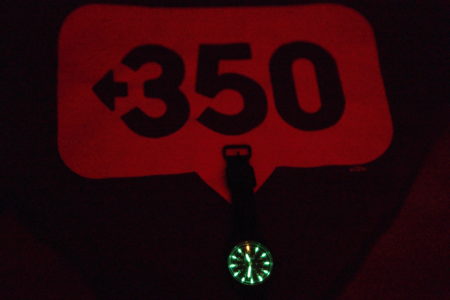I was being driven a little up the wall by biblatex rendering errors which referred to Unicode characters within my .bib database.
First I learned that the degree-like symbol you get from typing option + 0 in Mac OS is actually the “Masculine Ordinal Indicator” and you should use Option + Shift + 8 for a degree symbol.
That’s not much help though, since degree signs in your .bib file will still cause problems for creating a bibliography. Instead you need to put in titles like “Global warming of 1.5 \textdegree\ C” which almost renders properly, with the only problem the inclusion of a space between ° and C.
Much more annoying was one ‘ZERO WIDTH NON-JOINER’ (U+200C) which snuck into my .bib file. The error logs don’t say what line it is on, and the character is invisible in TextMate. After trying a bunch of ineffective suggestions on various web forums, I found one that referenced this Unicode converter. Throw in your bibliography and it will tell you the contents in Unicode terms character by character and let you find anything which is yielding errors.




